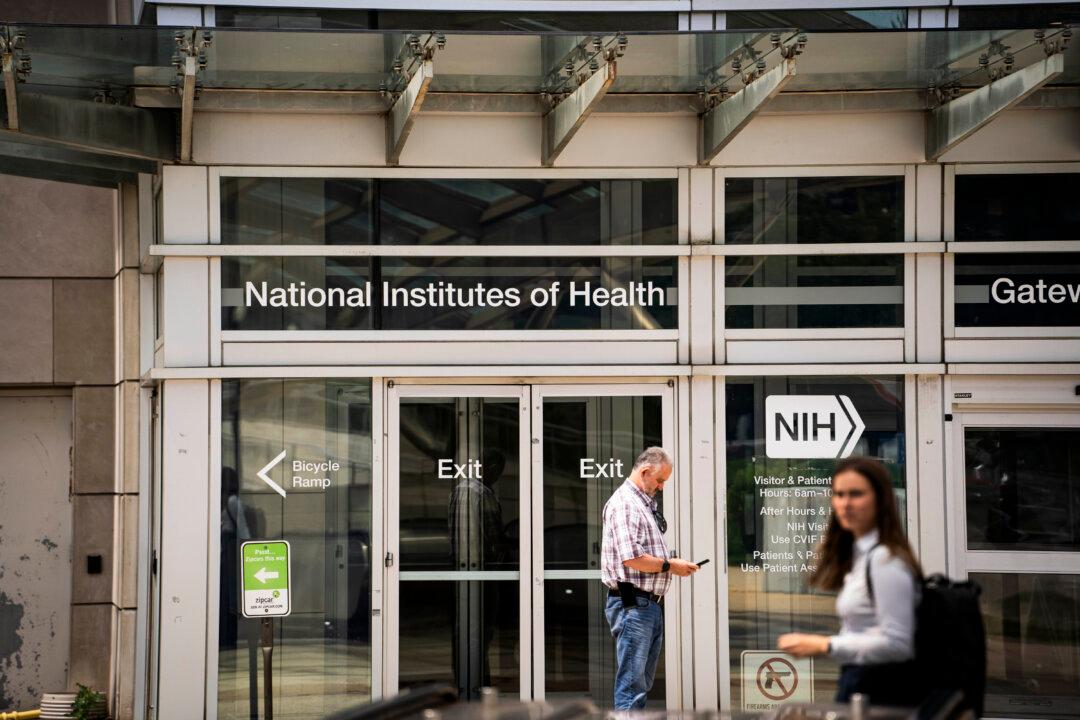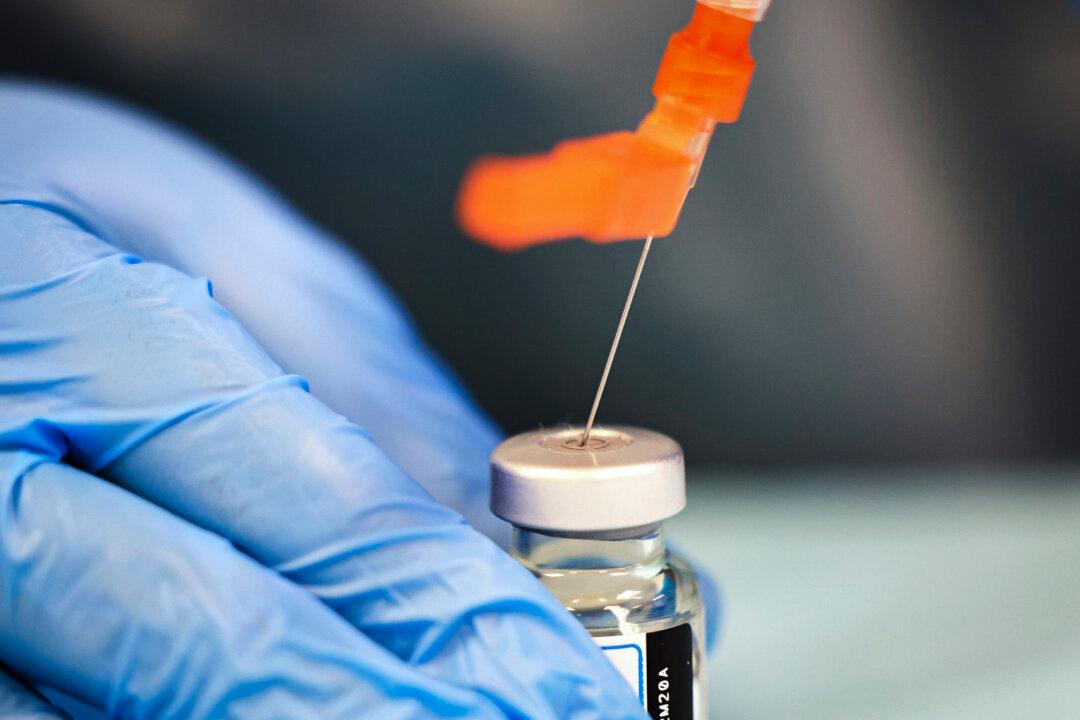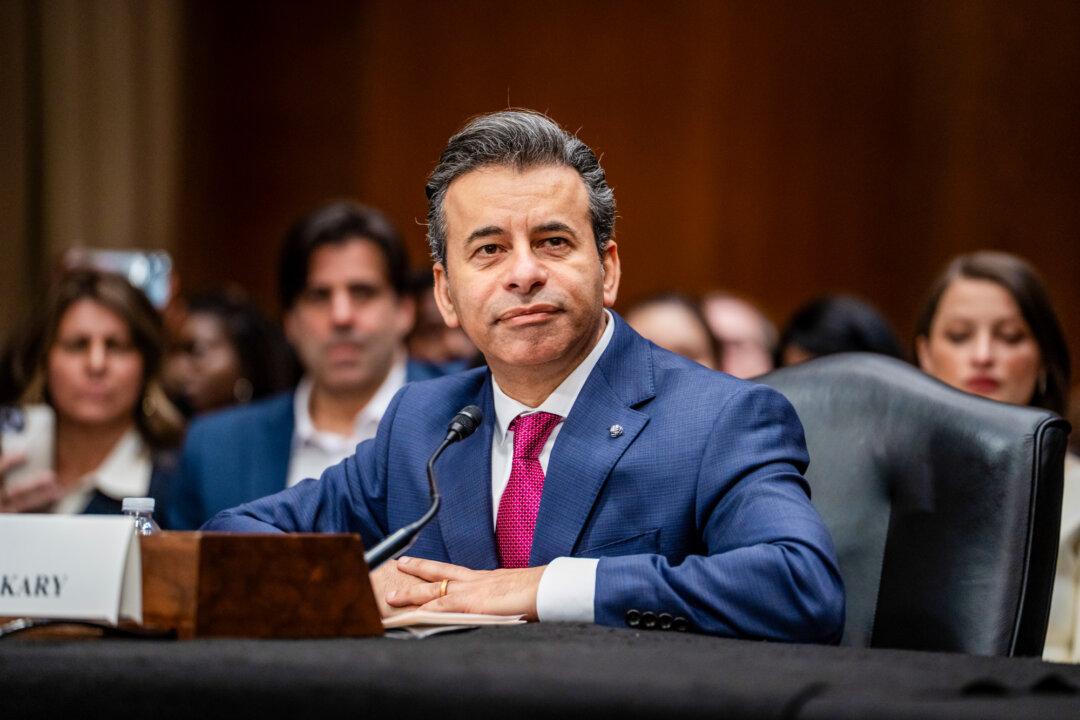New coronavirus cases confirmed in the Pacific Northwest suggest the new virus may be spreading in the community in the United States, officials said.
Washington state, Oregon, and California officials confirmed in total four new cases on Friday. Officials do not know where or how three of the patients became infected, making them “possible” instances of community spread, according to the Centers for Disease Control and Prevention (CDC).
Community spread means that people acquire COVID-19, the disease caused by the new virus, through an unknown exposure in the community.
Some officials suggested the cases showed community spread while others said at least one case was, in fact, from community spread.
“There was no known travel exposure for this individual. So, this is a case of community spread of the disease, much like the case from California earlier this week,” Pat Allen, director of the Oregon Health Authority, told reporters on Friday about the first case in Oregon.
“This new case indicates that there is evidence of community transmission but the extent is still not clear,” Dr. Sara Cody, health officer for Santa Clara County, California, said in a statement.
Health officials in the county reported that an older woman with chronic health conditions was tested after going to the hospital with a respiratory illness. The patient “does not have a travel history nor any known contact with a traveler or infected person,” according to county officials.

“I understand this may be concerning to hear, but this is what we have been preparing for. Now we need to start taking additional actions to slow down the spread of the disease,” Cody said.
Authorities in Oregon reported the state’s first case of COVID-19. The adult patient has no travel history to a country where the virus was circulating nor did they come into close contact with another confirmed case, state officials said.
“As such, public health officials are considering it a likely community-transmitted case, meaning that the origin of the infection is unknown,” the Oregon Health Authority said in a statement.
The patient spent time in the Lake Oswego school district and patients and staff members there may have been exposed to the virus, according to the authority. Officials will try to locate the people the patient came into contact with.
Washington state health authorities said two people—a woman in her 50s and a teenage boy—tested positive for the new disease. The woman traveled recently to Daegu, South Korea, which saw an explosion of cases in recent days, but the teen has no travel history and officials don’t know the source of his infection.

The teen visited Seattle Children’s North Clinic on Feb. 24 and attends Jackson High School in Mill Creek. The Everett Public Schools superintendent decided to close the school on Monday to allow three days of “deep cleaning,” the Washington State Department of Health said.
Officials expect to find more cases of community transmission, Dr. Chris Spitters, interim health officer for the Snohomish Health District, said at a press conference on Friday night.
Local officials attributed the detection of the cases to the new tests, which cut days off the testing process. States and local labs that couldn’t test locally previously had to spend hours packaging samples before shipping them to the CDC’s Atlanta headquarters. The Oregon State Public Health Laboratory used the new testing kit just hours after validating it, Oregon officials said.
Authorities also said they expect additional cases, a message that has been repeated by both state and federal officials.

“Given the extent of global spread, we expect to identify more individuals with COVID-19 in Washington,” Washington Health Officer Dr. Kathy Lofy said at a press conference.
“It’s not so much a question of if this will happen anymore but rather more a question of exactly when this will happen and how many people in this country will have severe illness,” Dr. Nancy Messonnier, director of CDC’s National Center for Immunization and Respiratory Diseases, told reporters in a phone call on Wednesday.
Personal interventions include routine recommendations such as washing hands and staying home when sick, and measures specific to pandemics such as people voluntarily isolating themselves at home even if they’re not sick if a member of their household has become ill.
Community interventions can include closing schools and transitioning to internet-based teleschooling and changing business meetings from in-person to online as well. Some locales could postpone or cancel large gatherings.
Environmental interventions primarily revolve around cleaning surfaces. The school closing for cleaning is an example of an environmental intervention.

Americans, Messonnier said, should start preparing for “significant disruption” to their lives.
The new virus emerged in China late last year and has spread to dozens of countries, infecting patients in over a dozen countries for the first time this week alone. The virus spreads primarily through close contact and through respiratory droplets produced when an infected person coughs or sneezes. Patients who test positive are typically isolated in hospitals or at home. The origin of the virus isn’t known. Coronaviruses often circulate in animals and only in rare cases jump to humans before being transmitted between people.
Symptoms of the virus are similar to the flu and include fever, headache, and a dry cough. The incubation period is believed to be one day to 14 days.
Experts recommend people frequently wash their hands with soap and water for at least 20 seconds, especially going to the bathroom, before eating, and after blowing their nose, coughing, or sneezing. Other prevention techniques include avoiding close contact with sick people, cleaning and disinfecting frequently touched objects and surfaces, and not touching one’s eyes, nose, or mouth with unwashed hands.
People who show symptoms should isolate themselves at home and call health authorities or their healthcare provider. Family and household members should try to stay at least 6 feet away from sick people.





